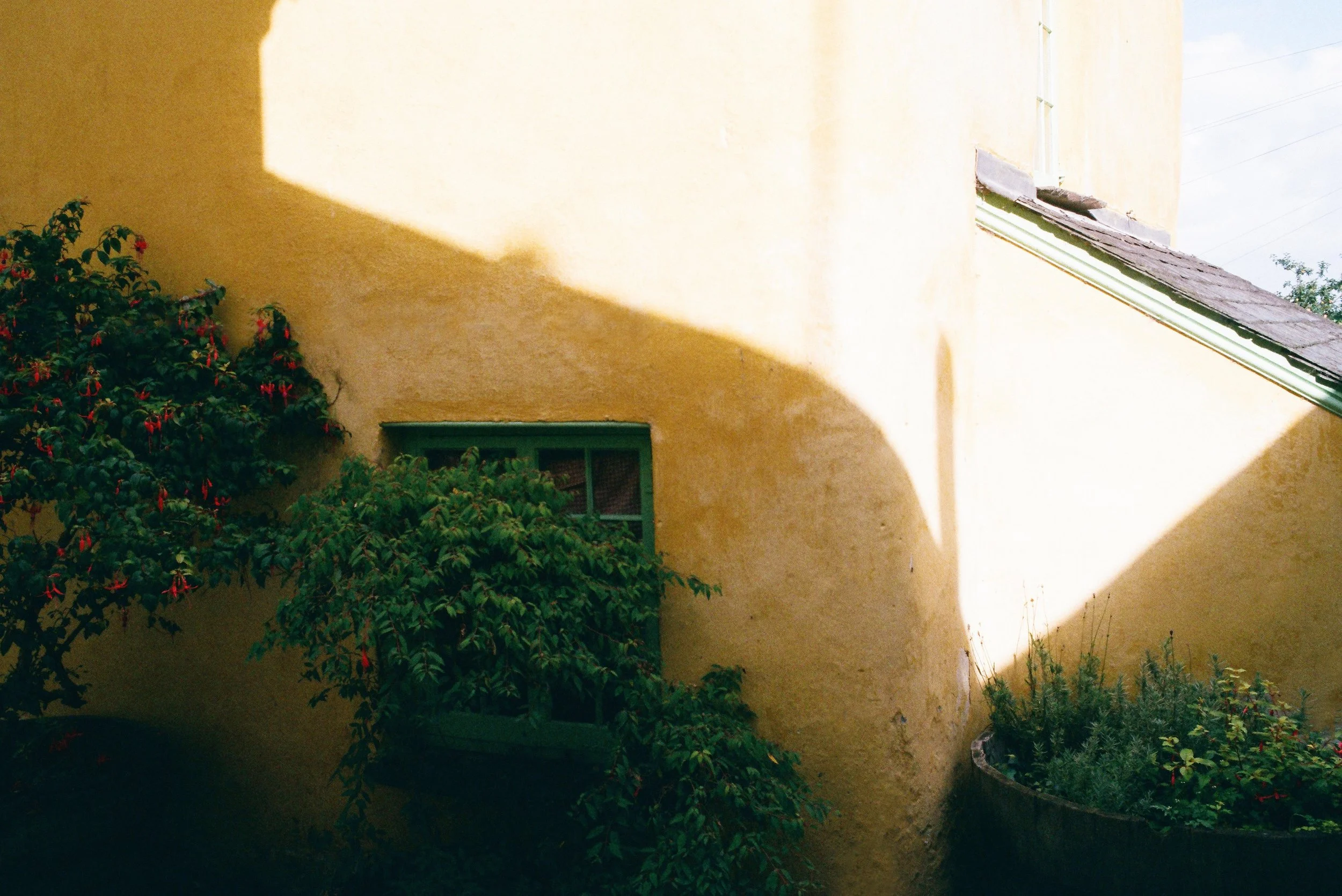CLOVELLY
The famously romantic Clovelly hangs on to the steep cliffs and cobbled stones it is built on. Hardly off the beaten track, you park in the large tourist car park, pass through the visitor centre and pay an entrance fee to step inside. It is worth contributing to the maintenance of such a precious place, but the admission fee can be avoided if you opt for a pretty walk into the village via the coastal path and through ancient oak woodland.
Clovelly has been privately owned by one family since 1738. Any restoration works use traditional building materials, there are no holiday cottages allowed in the main village and cars are not permitted to descend onto the streets. For centuries donkeys were used as the main form of transport. No longer used for heavy loads, they now take children on short trips and rest in the stables near the top of the hill. Instead all goods are transported using wooden sledges. From groceries to furniture and even building materials, residents pull their goods along the steep cobbled main street. Known as the ‘up-along’ or ‘down-along’, it was built from pebbles hauled from the beach and follows the bed of an ancient watercourse. White-washed cottages dating back to the 14th century cluster alongside the meandering lanes, built one above the other with flowers and creepers growing up the walls.
One of these cottages was the childhood home of writer and social reformer Charles Kingsley, who returned to it many times throughout his life. Now a museum about Kingsley, it is where he wrote Westward Ho!, set in and around Clovelly. The village also inspired him to write one of my favourite children’s books The Water Babies. If you haven’t read it, try and seek out an old illustrated copy. I really wish I had bought my own to sit and re-read on the harbour wall.
Another of the cottages is a little museum that shows how fishermen and their families would have lived here in the 1930s when Clovelly was a bustling fishing port. There’s a parlour and tiny kitchen, decorated with domestic knick-knacks and simple cottage furniture. Upstairs you can find two small bedrooms and an attic, complete with straw mattresses. Despite the decline of fishing here it is still part of village life, and we spotted a single fishing boat coming into the harbour with its morning haul on board.
Walking the cobbled ‘down-along’ brings you to the beach and quayside. Here we found the 18th century Red Lion to be a great spot to settle down for a pint. Especially after exploring every corner and passageway, peeking into each little courtyard garden that we came across. I found Clovelly to be as beautiful as all the books say it is. To visit outside of peak season was ideal and I was surprised to find the streets almost deserted. Even with the influx of crowds that come in the summer, its heritage and charm can’t be denied. The sense of time and place here is its virtue. You can clearly imagine what village life was like 100 years ago; a feeling that’s hard to beat.











